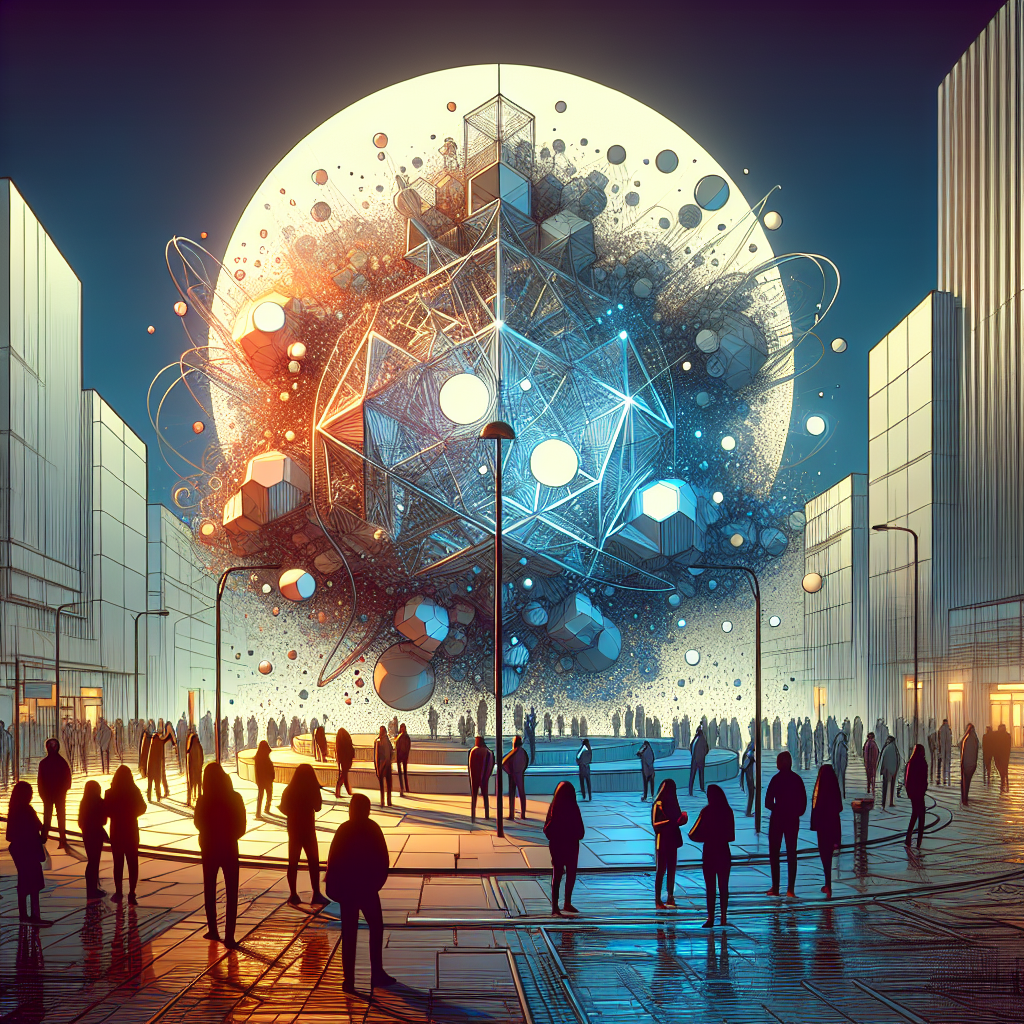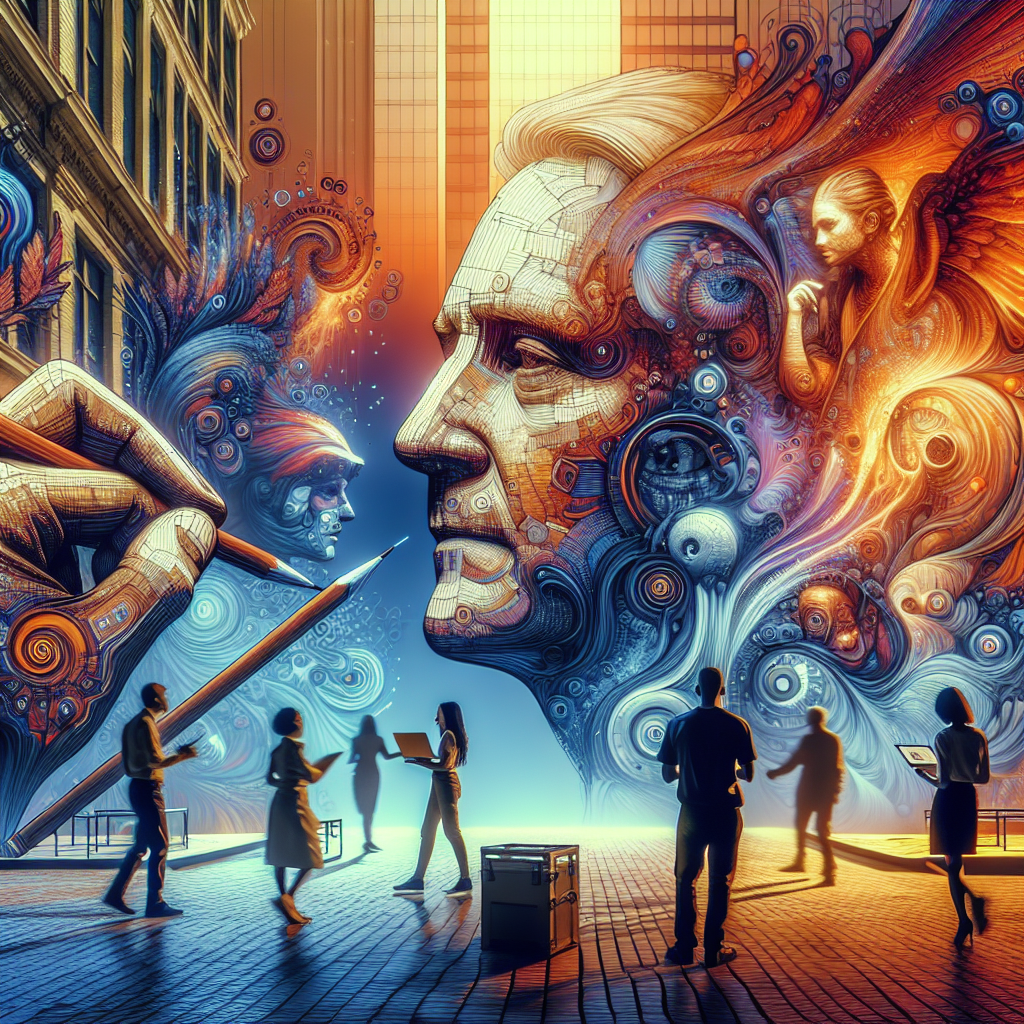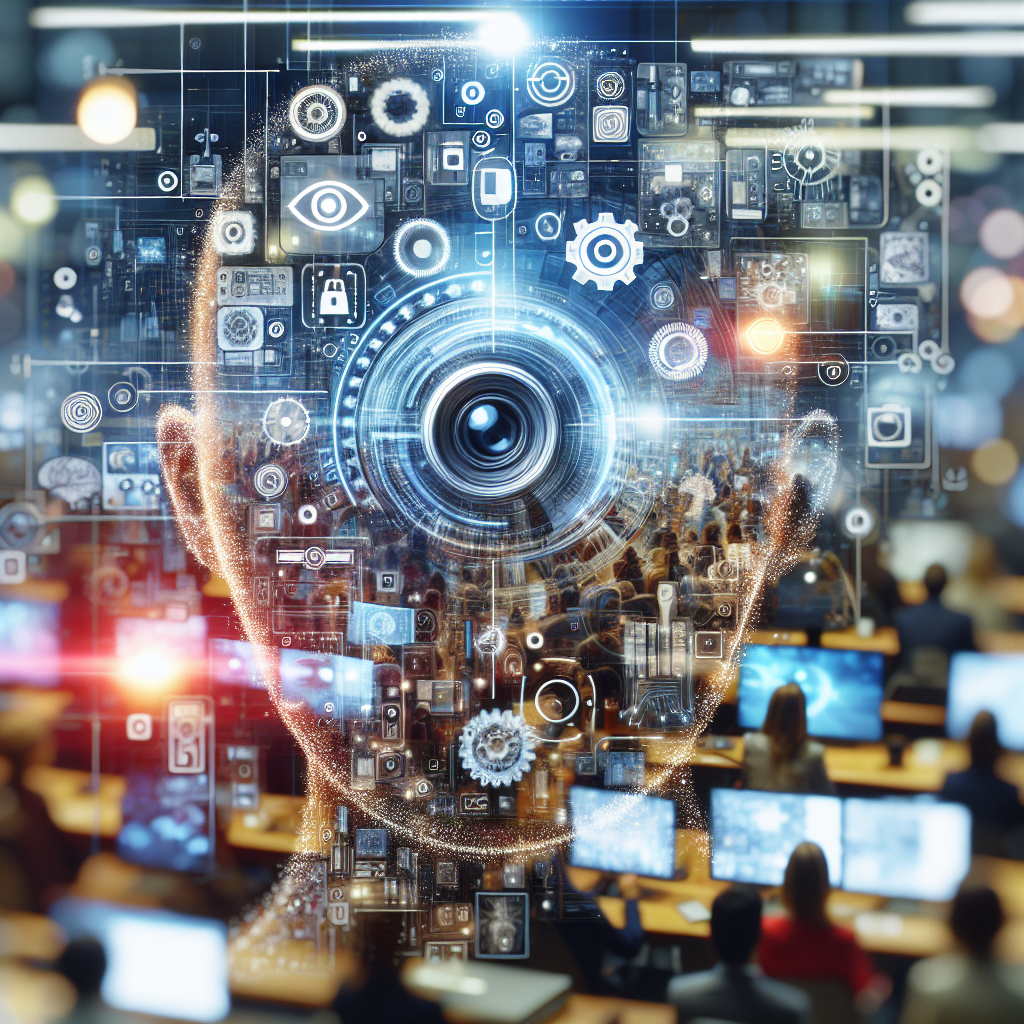How are digital tools revolutionizing public art and installation?
- ChatStick For Brand
- Aug 29, 2024
- 3 min read

Public art has a long history of enriching our cities by providing captivating and thought-provoking expressions that breathe life into urban landscapes, fostering dialogue, and fostering a sense of unity within communities. From the traditional forms of public art like sculptures, murals, and interactive exhibits, a new chapter has unfolded with the evolution of technology. The integration of digital tools has ushered in a new era of creativity, revolutionizing the way artists conceive and execute their visions in the realm of public art and installations.
This innovative approach to public art has not only expanded the possibilities for artistic expression but has also redefined the relationship between art and its audience. By blending the physical and digital realms seamlessly, artists are able to engage viewers in immersive experiences that transcend traditional boundaries. Through the use of technologies such as augmented reality, interactive projections, and digital mapping, public art installations now have the power to transform ordinary spaces into dynamic, interactive environments that captivate and inspire.
Furthermore, the integration of digital tools in public art has opened up new avenues for collaboration and experimentation. Artists are now able to explore innovative techniques and push the boundaries of traditional art forms, creating multidimensional works that challenge perceptions and spark meaningful conversations. This fusion of art and technology not only enhances the aesthetic appeal of our urban environments but also serves as a platform for social commentary, cultural reflection, and community engagement.

Embracing Innovation in Public Art
The integration of digital tools has opened up a myriad of possibilities for artists to push the boundaries of creativity and engage with audiences in innovative ways. From immersive light projections to interactive installations that respond to human interaction, digital tools have introduced a dynamic and interactive element to public art that captivates and enthralls spectators. Artists are now able to incorporate elements of augmented reality (AR) and virtual reality (VR) into their works, blurring the lines between reality and imagination.
Enhancing Engagement and Accessibility
One of the key advantages of using digital tools in public art is the ability to enhance engagement and accessibility. Digital installations have the unique ability to capture the attention of passersby, drawing them into a world where art and technology intersect. These installations often prompt viewers to actively participate in the art, creating unforgettable experiences that resonate long after the encounter. Additionally, digital tools make art more accessible by breaking down physical barriers, allowing individuals from diverse backgrounds to engage with and appreciate art in a new and engaging way.

Fostering Creativity and Collaboration
The collaborative nature of public art projects has been further amplified by the use of digital tools. Artists now have the opportunity to collaborate across disciplines, merging art, technology, and design to create immersive and dynamic installations. This cross-pollination of ideas has sparked a new wave of creativity, leading to the development of groundbreaking art experiences that challenge traditional norms and inspire awe in viewers. By harnessing the power of digital tools, artists can explore new mediums and techniques, fostering continuous innovation in the world of public art.
Digital Tools as a Catalyst for Change
In addition to fostering creativity and collaboration, digital tools have played a crucial role in driving social change through public art. Many artists use digital installations as a platform to address pressing social issues, provoke critical conversations, and advocate for positive change. By leveraging the interactive and engaging nature of digital art, artists can raise awareness about important causes and inspire community action, turning public spaces into powerful canvases for social commentary and activism.

The Future of Public Art
As digital tools continue to revolutionize the landscape of public art and installation, the future holds boundless possibilities for creative expression and community engagement. The integration of technology in art not only enriches the aesthetic experience but also transforms public spaces into dynamic, ever-evolving showcases of innovation and imagination. With artists harnessing the power of digital tools to push artistic boundaries and amplify their voices, public art is primed to embark on a new era of exploration and discovery.
In conclusion, the infusion of digital tools in public art and installation signifies a paradigm shift in the way we experience and interact with art in our everyday lives. By embracing technology as a catalyst for creativity, collaboration, and social change, artists are redefining the traditional notions of public art, paving the way for a future where art transcends boundaries and connects communities on a global scale. Let's embrace this digital renaissance in public art and witness the transformative power of creativity in the digital age.






Comments